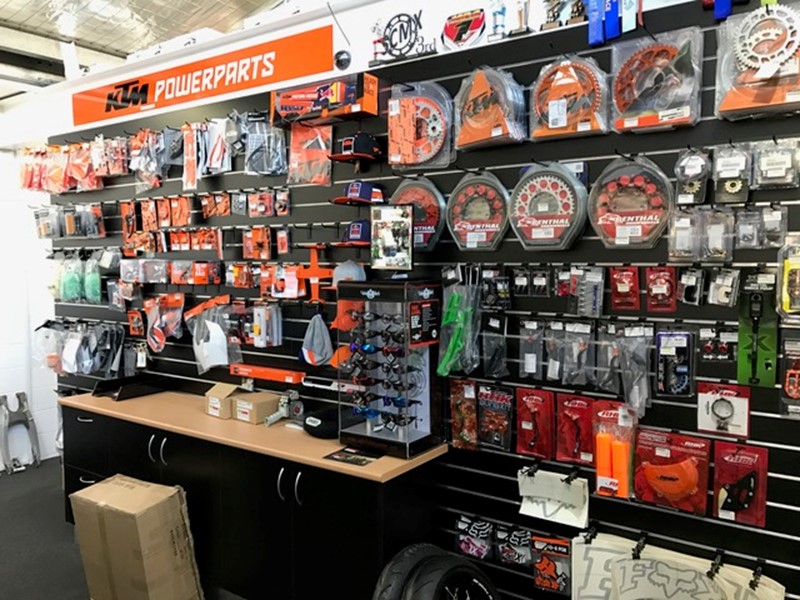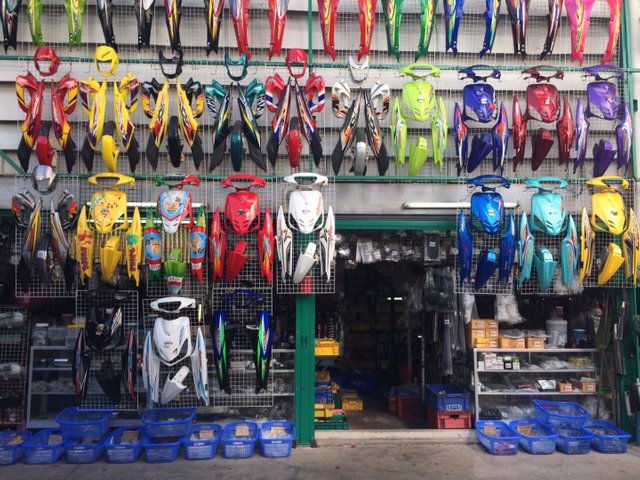Explore the most up to date Motocross Gear NZ for every single Level of Rider
Explore the most up to date Motocross Gear NZ for every single Level of Rider
Blog Article
Mastering Bike Gears: Exactly How to Maximize Your Riding Experience
In the realm of motorcycling, mastering the art of equipment control is important for enhancing your riding performance. Effectively using and comprehending motorbike gears can considerably influence fuel, velocity, and control performance, transforming an average trip right into a smooth, electrifying trip. By including exact change timing and adjusting equipment selection to numerous road problems, cyclists can make sure optimal engine performance and safety. The nuances of clutch control, throttle control, and gear technicians bid a much deeper exploration, assuring to unlock the full capacity of your equipment. Exactly how can these strategies be utilized to genuinely optimize your riding experience?
Comprehending Equipment Mechanics
Exactly how do the ins and outs of equipment technicians influence bike performance? At the core of motorcycle dynamics, equipment mechanics play a crucial function in converting engine power into motion, inevitably dictating speed and control. Gears, thoroughly crafted components, permit riders to optimize torque and speed, ensuring a seamless change via various surfaces and speeds. The equipment ratios, very carefully developed, figure out the partnership in between engine changes and wheel turns, affecting acceleration and fuel performance.
Comprehending equipment auto mechanics starts with recognizing the relevance of the transmission, which houses numerous gears of varying sizes. These equipments connect with a process known as meshing, where teeth of different equipments engage to transmit power.
Moreover, the principle of equipment moving is integral to making the most of performance. Prompt and smooth changes make sure that the engine operates within its optimum power band, protecting against unnecessary pressure and improving long life (motox parts nz). By understanding these mechanical complexities, bikers can achieve an unified blend of control, power, and performance, elevating their riding experience
Timing Your Shifts
Shift timing mastery is necessary for enhancing bike efficiency and boosting the riding experience. Properly timed shifts guarantee that the engine operates within its ideal power band, which is essential for keeping control, accomplishing smooth acceleration, and making sure the durability of the motorcycle. Cyclists need to create an user-friendly feeling of when to shift gears, which involves understanding the partnership in between engine transformations per minute (RPM) and rate.
To grasp shift timing, pay attention to the engine's sound and really feel, as these give crucial hints regarding when to alter gears. The perfect shift point commonly happens when the engine approaches the upper series of its power band without reaching the redline. Shifting prematurely can bring about an absence of power, while moving far too late might create unnecessary engine stress
Additionally, roadway conditions and riding style influence shift timing. In contrast, throughout freeway riding, fewer changes at greater speeds can be a lot more appropriate.
Enhancing Fuel Efficiency
While mastering motorbike equipments is critical for efficiency, boosting gas performance is just as crucial for both economic and environmental reasons. Ideal gas intake not just minimizes functional costs but additionally minimizes the environmental footprint of riding. To accomplish this, one have to recognize the detailed partnership in between gear choice and engine efficiency.
To start with, picking the appropriate equipment at proper speeds can dramatically influence fuel intake. Riding in a greater gear at lower speeds can bring about engine hauling, More about the author which is damaging to both fuel economy and engine wellness. Conversely, riding in lower gears at high rates causes unnecessary gas intake. Hence, keeping an optimal balance by changing equipments abreast with roadway conditions and anticipated maneuvers is essential.
Additionally, routine maintenance plays a pivotal function in gas performance. Guaranteeing that the motorbike is well-tuned, with clean air filters and properly pumped up tires, can minimize and improve aerodynamics fuel wastage. Moreover, taking on a riding design that accepts progressive velocity and smooth deceleration can contribute to better fuel economy.

Methods for Smooth Transitions
Accomplishing smooth equipment changes is basic to improving the riding experience and making sure the durability of a motorbike's transmission system. Proper gear changing not only adds to a smooth adventure however additionally lessens wear and tear on the mechanical parts. To master the art of smooth transitions, cyclists should concentrate on a few essential methods.

Second of all, clutch control plays a critical function. Involving and disengaging the clutch efficiently requires practice. The clutch bar these details need to be launched gradually, permitting a seamless transfer of power from the engine to the wheels without causing a shock or abrupt activity.

Adjusting to Road Conditions
Navigating diverse road conditions is a crucial ability for any kind of motorcyclist aiming to maintain control and safety and security. Whether you're riding on wet surface areas, crushed rock roadways, or browsing sharp turns, your ability to adapt your equipment use and riding technique is critical. Comprehending just how to readjust your gears properly can dramatically impact traction and security, guaranteeing a much safer journey.
In contrast, when riding on crushed rock or irregular terrain, reduced equipments are more suitable. Reduced equipments offer much better control and allow you to respond more quickly to unexpected changes in the roadway surface area.
Sharp curves demand exact gear administration to balance speed and control. Downshifting prior to going into a curve can help keep energy while ensuring the motorcycle remains stable throughout the turn. Regular practice in varied problems boosts your capability to react and anticipate to adjustments in road structure and slope.
Final Thought
Grasping motorcycle equipments considerably enhances the riding experience by boosting control, gas, and velocity performance. Adjusting equipment choice to various roadway conditions, such as using higher gears on wet surface areas and lower equipments on gravel, additional improves handling and safety.
Comprehending gear auto mechanics begins with recognizing the importance of the transmission, which houses multiple gears of differing sizes. These equipments communicate through a process recognized as meshing, where teeth of various gears involve to transmit power (motox parts nz). Gentle changes to the throttle during gear changes can prevent jerky motions and preserve a regular riding pace
Whether you're riding on damp surfaces, gravel roadways, or navigating sharp turns, your ability to adjust your equipment usage and riding technique is critical. Adapting equipment choice to numerous road problems, his comment is here such as using greater gears on damp surface areas and lower equipments on crushed rock, additional enhances handling and safety and security.
Report this page